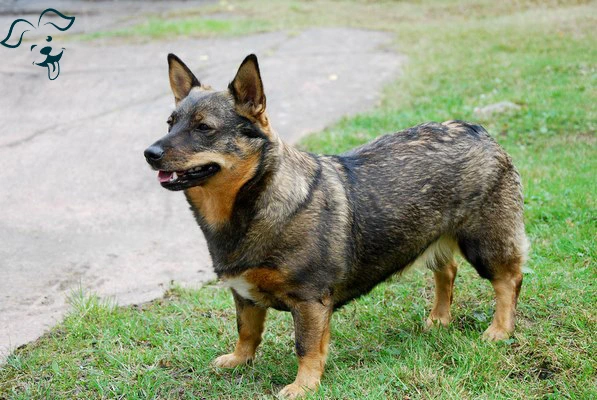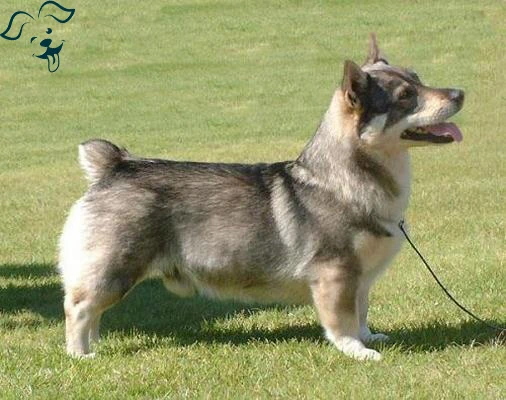CARING WITH FAMILY
|
| The level of affection a breed displays towards family members and familiar faces may vary greatly. While a few breeds may exhibit aloofness towards everyone except their owners, other breeds radiate friendliness treating anyone they know with utmost love and care, as if they were their closest confidant. |
LOVE WITH CHILDREN
Unwise
Good With Children
|
| When examining a breed, it is important to consider their tolerance level and patience towards children's behavior, as well as their overall family-friendly nature. It is crucial to always supervise dogs when they are around young children or children of any age who have limited exposure to dogs. |
BEHAVIOR WITH DOGS
Unwise
Good With Other Dogs
|
| The general friendliness of a breed towards other dogs is a significant aspect to consider. While it is crucial to supervise interactions and introductions between dogs, certain breeds inherently have a greater propensity to get along with other dogs, whether it be in a home environment or in public settings. |
SHEDDING LEVELS & MANAGEMENT
No Shedding
Hair Everywhere
|
| The amount of fur and hair a breed is likely to shed is an important factor to consider. Breeds that shed heavily will require more frequent brushing are more prone to triggering specific allergies and may necessitate more regular vacuuming and lint-rolling to maintain cleanliness. |
COAT GROOMING STANDARDS
|
| When evaluating a breed, it is essential to assess how often they require bathing, brushing, trimming and other forms of coat maintenance. It's important to take into account the time, patience and budget you can allocate towards grooming. Additionally, regular nail trimming is necessary for all breeds. |
DROOLING INTENSITY
Less Likely to Drool
Always Have a Towel
|
| Considering a breed's tendency to drool is crucial, especially if you value cleanliness. If you prefer to maintain a tidy environment and avoid having ropes of slobber on your arm or large wet spots on your clothes, it may be wise to steer clear of breeds that are prone to excessive drooling. |
COAT STYLES GUIDE |
| Double |
| COAT SPECTRUM |
| Short |
FRIENDLINESS
Reserved
Everyone Is My Best Friend
|
| Assessing how welcoming a breed is towards strangers is important. Certain breeds exhibit reserved or cautious behavior around all strangers, irrespective of the setting. On the other hand, some breeds are naturally inclined to happily greet any new human they encounter, regardless of the circumstances. |
LIVELINESS
Only When You Want To Play
Non-Stop
|
| Determining a breed's enthusiasm for play even beyond puppyhood is a key consideration. Certain breeds maintain a strong desire to engage in play activities like tug-of-war or fetch well into their adult years. Conversely, other breeds may prefer spending most of their time relaxing on the couch with you rather than actively seeking play. |
VIGILANCE INTENSITY
What's Mine Is Yours
Vigilant
|
| Some breeds have a higher tendency to alert you when strangers are nearby. These breeds are more likely to react to any potential threat, whether it's the mailman or a squirrel outside the window. However, they are also likely to become more welcoming towards strangers who enter the house and are accepted by their family. |
ADAPTATION CAPACITY
Lives For Routine
Highly Adaptable
|
| The adaptability of a breed to handle change can vary. Some breeds are more flexible and capable of handling changes in living conditions, noise levels, weather, daily schedules and other variations in day-to-day life with relative ease. These breeds tend to adjust well to new situations and environments. However, other breeds may be more sensitive to change and may require more time and support to adapt to new circumstances. When considering a breed, it can be helpful to assess their general temperament and adaptability to determine if they would be a good fit for your lifestyle and the potential changes you may encounter. |
OBEDIENCE LEVEL
Self-Willed
Eager to Please
|
| Assessing the ease of training and the willingness of a dog to learn new things is an important aspect to consider. Certain breeds have a strong desire to make their owners proud and are generally easier to train. On the other hand, some breeds may have a more independent nature preferring to do things at their own pace and may require additional patience and effort during training sessions. |
STAMINA LEVEL
|
| The required amount of exercise and mental stimulation for a breed can differ. High-energy breeds are always ready for the next adventure, eagerly engaging in activities such as running, jumping and playing throughout the day. On the other hand, low-energy breeds are more akin to couch potatoes content with lounging around and enjoying peaceful snoozes. |
VOCALIZATION
|
| Medium |
LEARNING CURIOSITY LEVEL
Happy to Lounge
Needs a Job or Activity
|
| Considering the amount of mental stimulation a breed requires is crucial for their overall happiness and well-being. Purpose-bred dogs may have specific jobs that necessitate decision-making, problem-solving, concentration and other cognitive qualities. Without adequate mental exercise, they may resort to creating their own activities to keep their minds occupied, which might not align with the projects you would prefer. Providing the necessary mental stimulation is essential to ensure a content and well-adjusted dog. |
| COLORS |
|
Description
|
Registration Code
|
|
Gray
|
100
|
|
Yellow
|
232
|
|
Red
|
140
|
|
Black
|
007
|
|
Blue
|
037
|
|
White
|
199
|
|
| PATTERNS |
|
Description
|
Registration Code
|
|
Sable
|
026
|
|
White Markings
|
014
|
|






























FRIENDLINESS
LIVELINESS
VIGILANCE INTENSITY
ADAPTATION CAPACITY